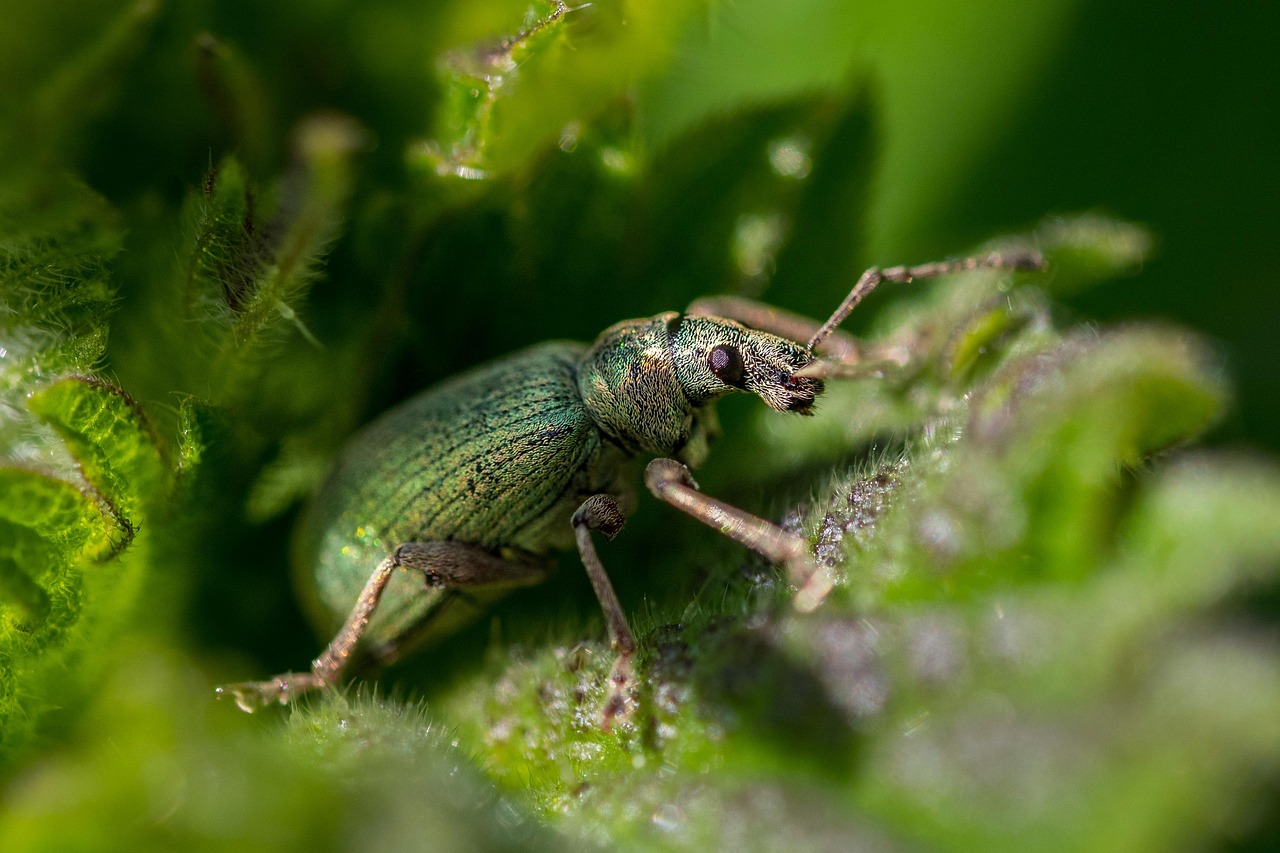Pests - Part 1
Dealing with Garden Pests - Part 1
Introduction to Garden Pests
Gardening is a rewarding hobby that allows you to connect with nature and enjoy the beauty of a flourishing garden. However, dealing with garden pests can be a frustrating challenge for many gardeners. These pesky intruders can wreak havoc on your plants, flowers, and vegetables if left unchecked.
Common Garden Pests
Before you can effectively combat garden pests, it's essential to familiarize yourself with the most common culprits:
- Aphids: These tiny insects feed on plant sap and can quickly multiply, causing damage to leaves and stems.
- Slugs and Snails: These slimy creatures feast on young plants and seedlings, leaving a trail of destruction in their wake.
- Caterpillars: The larvae of butterflies and moths, caterpillars can munch through foliage and flowers, impacting the overall health of your plants.
- Spider Mites: These minuscule pests suck sap from plants, leading to yellowing leaves and stunted growth.
Methods to Control Garden Pests
Fortunately, there are several eco-friendly methods you can employ to keep garden pests at bay:
- Handpicking: For larger pests like slugs and caterpillars, physically removing them from your plants is an effective method of control.
- Companion Planting: Certain plants repel pests or attract beneficial insects that prey on pests. Consider interplanting marigolds, mint, or lavender among your crops.
- Organic Sprays: Homemade sprays using ingredients like neem oil, garlic, or soap can deter pests without harming your plants.
- Biological Controls: Introducing natural predators like ladybugs or lacewings can help keep pest populations in check.
Conclusion
By understanding the common garden pests and implementing these natural pest control methods, you can protect your garden from damage while maintaining a healthy and thriving outdoor space. Stay tuned for Part 2 of our series on dealing with garden pests for more tips and tricks!

